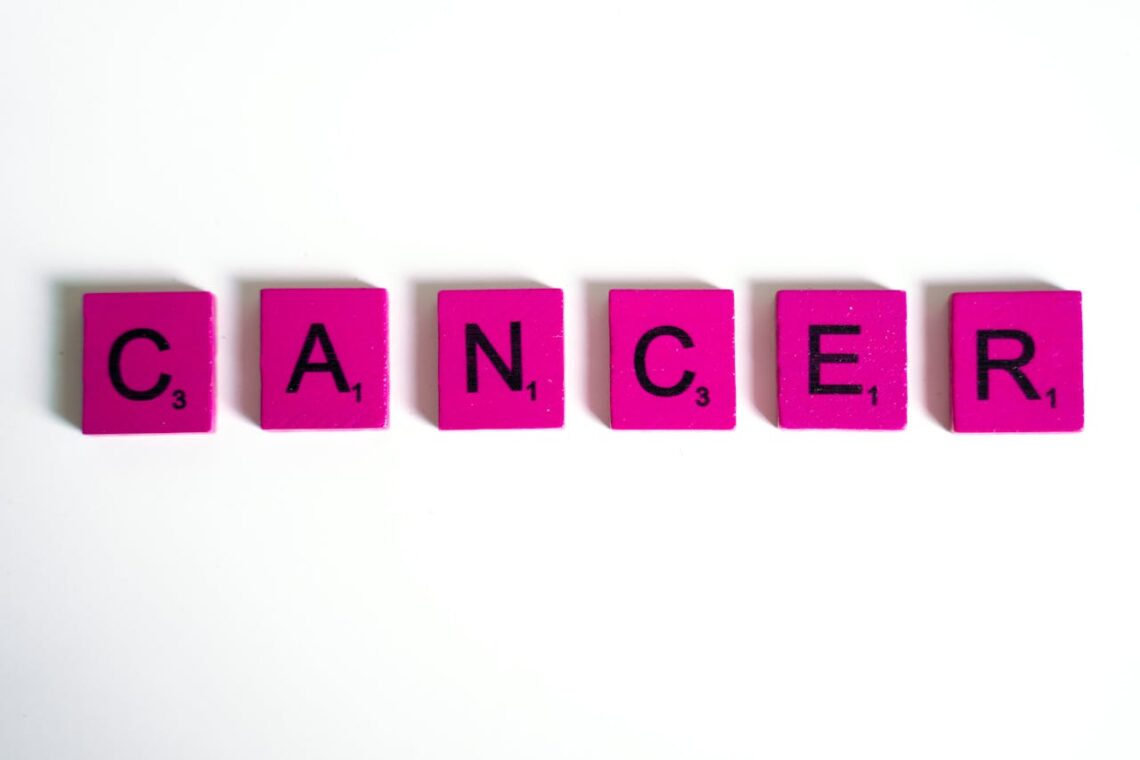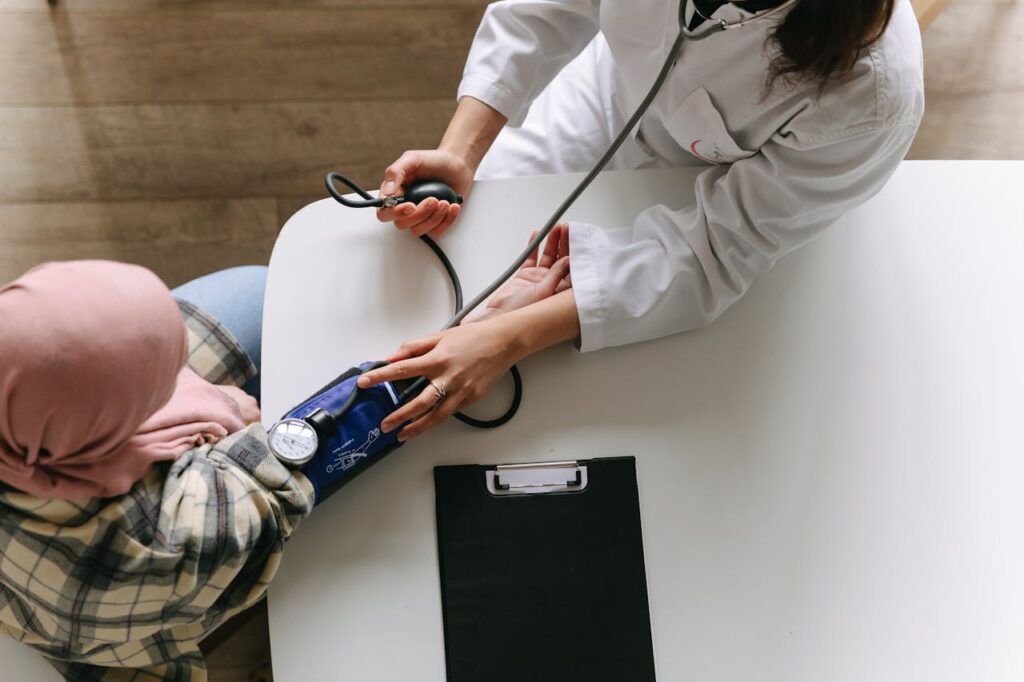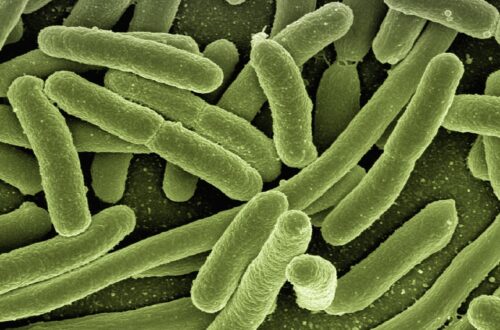
Facts About Cancers: Key Information You Need to Know
Facts About Cancers
In this article, key facts about cancers, their risk factors, symptoms, and treatment options will be explored. Providing valuable information for individuals at every step of their cancer journey.
Cancer is a complex disease that affects millions of people worldwide. Understanding facts about cancers is essential for those diagnosed, their families, and anyone interested in reducing their risk.
With over 100 different types of cancers, it can affect various parts of the body. From the skin to internal organs.
What is Cancer?
Cancer is a disease that occurs when abnormal cells in the body grow uncontrollably. Forming malignant tumors that can spread to other parts of the body.
These cancerous cells differ from normal cells in that they do not die off or function properly. Instead, they continue to multiply, disrupting healthy tissue and organs.
Cancer can develop at any age, with the disease often detected in its early stages through routine screenings and early detection methods.
According to the American Cancer Society, cancer remains one of the leading causes of death in the United States.
Key Facts About Cancers
1. What Are the Most Common Cancers?
In recent years, certain types of cancers have become more prevalent. Among the most common cancers are:
- Breast cancer: Especially prevalent among women, breast cancer is one of the leading causes of cancer death in females. However, it also affects men, albeit less frequently.
- Lung cancer: Known to be highly associated with smoking and exposure to tobacco smoke. Lung cancer remains the leading cause of cancer-related deaths globally.
- Prostate cancer: This type of cancer affects the prostate gland in men. And tends to develop at a slower pace than other cancers.
- Colon cancer: Often linked to colorectal cancer risk factors such as diet and family history. Colon cancer is highly treatable when detected early.
- Skin cancer: The most frequent form of cancer, particularly non-melanoma skin cancer, is often caused by excessive exposure to UV radiation from the sun or tanning devices.

2. What Are the Risk Factors for Cancer?
Various factors increase the likelihood of developing cancer. Risk factors for cancer include:
- Genetic predisposition: A family history of cancer, especially among immediate family members, raises the likelihood of developing certain cancers such as breast and colorectal cancer.
- Lifestyle factors: Habits such as smoking, excessive alcohol consumption, poor diet, and lack of physical activity contribute significantly to the incidence of cancer.
- Environmental factors: Prolonged exposure to harmful substances, such as chemicals or tobacco smoke, radiation, and pollution, can increase the risk factors for developing cancer. Exposure to Helicobacter pylori, a type of bacteria associated with ulcers, can also raise the risk of stomach cancer.
- Age: As individuals grow older, the risk of cancer increases. Many cancers are diagnosed at an earlier age, but the lifetime risk of developing cancer grows with age due to cumulative exposure to various risk factors.
- Ethnicity: Certain ethnic groups are more susceptible to particular cancers. For example, prostate cancer is more common in African American men than in other groups.
- Chronic disease: Individuals living with chronic diseases, such as heart disease, may also face a higher risk of developing cancer due to weakened immune systems and other contributing factors.

3. Early Detection and Cancer Diagnosis
Early detection is critical in increasing five-year survival rates for cancer patients.
Screening methods such as mammograms for breast cancer, colonoscopies for colon cancer, and low-dose CT scans for lung cancer are effective tools in detecting cancers at an earlier stage.
According to the National Cancer Institute, cancers that are diagnosed in the early stages tend to have a better prognosis.
Early detection not only helps in controlling the disease but also opens up more treatment options and increases the overall relative survival rate.
Treatment Options and Support
When a cancer diagnosis is made, patients often face difficult decisions regarding their treatment.
Cancer treatment can vary depending on the type of cancer, its stage, and other individual health factors.
Some of the most common treatment options include:
- Surgery: Often used to remove cancerous tumors when they are confined to a specific area.
- Radiation therapy: Targets and kills cancer cells using high doses of radiation.
- Chemotherapy: Involves using drugs to kill or stop the growth of cancer cells. This treatment often causes side effects such as nausea, weight loss, and hair loss.
- Immunotherapy: Boosts the immune system to fight off cancer cells more effectively.
- Targeted therapy: Uses drugs that specifically target cancer cells and spare healthy cells, reducing side effects compared to traditional chemotherapy.
- Palliative care: Provides supportive care to patients, addressing symptoms like pain and improving quality of life.

Clinical Trials and Innovative Treatments
In addition to standard treatments, some patients participate in clinical trials to access new cancer treatments that are still under investigation.
These trials are critical in advancing cancer research and improving treatment efficacy.
Participation in clinical trials is encouraged for patients who may not respond to conventional therapies. As it provides hope for more personalized or targeted treatments.
Understanding Cancer Survival Rates
A key aspect of the conversation surrounding cancer is survival rates. The five-year survival rate is a common metric used to measure how many patients live for at least five years after their diagnosis.
These rates vary significantly based on the type of cancer, the stage at which it was diagnosed. And other factors such as age and overall health.
For example, prostate cancer and breast cancer often have high five-year survival rates when detected early.
In contrast, cancers such as pancreatic cancers and lung cancer tend to have lower survival rates, as they are frequently diagnosed at later stages when treatment is less effective.
According to the International Agency for Research on Cancer, recent advancements in cancer treatments have improved survival rates for many types of cancer.
However, certain cancers, such as pancreatic cancer and bone marrow cancers, still present significant challenges in achieving long-term remission.

Facts About Cancers Frequently Asked Questions (FAQs)
What is the most common type of cancer?
Non-melanoma skin cancer is the most common form of cancer globally. Largely due to UV radiation exposure from the sun or tanning devices. Among internal cancers, breast cancer and lung cancer rank as the most prevalent.
How can I reduce my risk of developing cancer?
Reducing cancer risk involves making healthy lifestyle choices. Such as maintaining a healthy diet, avoiding smoking, limiting alcohol consumption, and staying physically active. Additionally, regular cancer screenings and early detection efforts can significantly lower the risk of severe outcomes.
Can cancer be prevented?
While not all cancers are preventable, some can be avoided through lifestyle changes and preventive measures, such as vaccinations for cervical cancer and reducing exposure to known carcinogens like tobacco smoke.
What should I do if I have a family history of cancer?
If cancer runs in your family, it is crucial to discuss genetic testing with your doctor to determine if you carry any genetic mutations that increase your cancer risk. Regular screenings and preventive measures can help manage your risk effectively.
How important is early detection?
Early detection is vital in improving cancer outcomes. Routine screenings and understanding the symptoms can help identify cancer in its earliest stages, leading to a better chance of successful treatment.
Early detection is vital in improving cancer outcomes. Routine screenings and understanding the symptoms can help identify cancer in its earliest stages, leading to a better chance of successful treatment.
Related Post: The Best 22 Interesting Facts About Muscle in the Human Body
The Importance of Cancer Prevention
Preventing cancer is one of the most effective ways to reduce the overall cancer burden on society.
While not all cancers can be prevented, many lifestyle changes and environmental adjustments can significantly reduce an individual’s risk of developing the disease.
Studies have shown that making conscious choices about diet, physical activity, and avoiding known carcinogens can have a profound impact on cancer rates.
According to the American Cancer Society, nearly 42% of cancers diagnosed in the United States are preventable through lifestyle modifications.
1. Lifestyle Changes for Cancer Prevention
Transitioning to a healthier lifestyle can help mitigate many of the risk factors associated with cancer.
Several lifestyle choices can significantly reduce the risk of developing different types of cancer. These include:
- Avoiding tobacco products: Smoking is one of the primary causes of lung cancer and many other types of cancer, including bladder cancer and pancreatic cancers. Exposure to tobacco smoke increases the risk not only for smokers but also for those around them.
- Limiting alcohol consumption: Excessive alcohol use is linked to a variety of cancers, including liver and breast cancer. Reducing alcohol intake can lower the risk of these cancers.
- Maintaining a healthy weight: Obesity is associated with an increased risk of several cancers, such as colon cancer and breast cancer. Engaging in regular physical activity and consuming a balanced diet rich in fruits and vegetables can promote overall health and reduce cancer risk.
- Protecting your skin: Exposure to UV rays from the sun or tanning devices is the leading cause of non-melanoma skin cancer. Wearing sunscreen and protective clothing can help prevent skin damage that leads to cancer.
- Vaccination: Certain cancers, such as cervical cancer, can be prevented through vaccines like the HPV vaccine, which protects against the human papillomavirus, a leading cause of this cancer.

2. The Role of Genetics in Cancer
While lifestyle choices are crucial in reducing cancer risk, genetics also play an important role in determining who might be more susceptible to certain cancers.
People with a strong family history of cancer should be particularly mindful of their risk and seek advice from healthcare professionals regarding genetic testing.
Testing can identify gene mutations that raise the risk of cancers such as breast cancer, ovarian cancer, and colon cancer.
Genetic testing can guide preventive measures, including increased screening and sometimes even preventative surgeries, to reduce the risk of cancer developing in individuals who carry certain gene mutations.
According to the National Cancer Institute, individuals with certain genetic predispositions may benefit from more frequent screenings and earlier interventions to catch cancer in its earliest stages, significantly improving their prognosis.
Related Post: Intriguing Facts About the Circulatory System (The Best 23)
Cancer Survival Rates and Prognosis
Cancer survival rates vary widely depending on the type of cancer, how early it is diagnosed, and how it responds to treatment.
Relative survival rates are often used to compare how long people with cancer live compared to those without cancer.
It is important to remember that survival rates are estimates and can differ based on individual health, treatment access, and advancements in medical care.
1. Types of Cancers with Higher Survival Rates
Some cancers, when detected early, have a relatively high five-year survival rate. For instance:
- Breast cancer: When diagnosed in its early stages, breast cancer can have survival rates as high as 99%, according to the American Cancer Society.
- Prostate cancer: This cancer also has high survival rates when diagnosed early, with localized prostate cancer boasting a nearly 100% five-year survival rate.
- Testicular cancer: A relatively rare cancer, testicular cancer has excellent survival rates, especially when detected early. Most men with early-stage testicular cancer can expect a favorable prognosis.
2. Cancers with Lower Survival Rates
On the other hand, certain cancers tend to have lower survival rates due to being diagnosed at later stages or due to the aggressive nature of the cancer. These include:
- Pancreatic cancers: These cancers have a much lower survival rate, primarily because they are often diagnosed at a late stage. The five-year survival rate for pancreatic cancer remains below 10%.
- Lung cancer: As one of the leading causes of death worldwide, lung cancer has a relatively low five-year survival rate, particularly when diagnosed in later stages. However, early detection through screenings, particularly for high-risk groups, can improve outcomes.
- Liver cancer: Like pancreatic cancer, liver cancer tends to be diagnosed at more advanced stages, leading to lower survival rates.
3. The Role of Early Detection in Improving Survival Rates
Detecting cancer at an earlier stage remains one of the most significant factors in improving cancer survival rates.
Routine screenings, awareness of symptoms, and proactive healthcare are essential in catching cancers early. Where treatment is more effective, and survival rates improve.
The International Agency for Research on Cancer emphasizes that countries with better access to healthcare and routine cancer screenings report higher survival rates and better outcomes overall.

Facts About Cancers Conclusion
Understanding the facts about cancers is essential for individuals seeking to reduce their risk, make informed health decisions, and support loved ones battling the disease.
Through early detection, proper treatment, and lifestyle adjustments, many cancers can be effectively managed.
Whether facing a diagnosis or looking for preventive strategies, the facts presented here offer valuable insight into the complexities of cancer, helping individuals navigate every step of their cancer journey with greater confidence.
Read Next: The Best 15 Interesting Facts About E.coli





One Comment
Pingback: